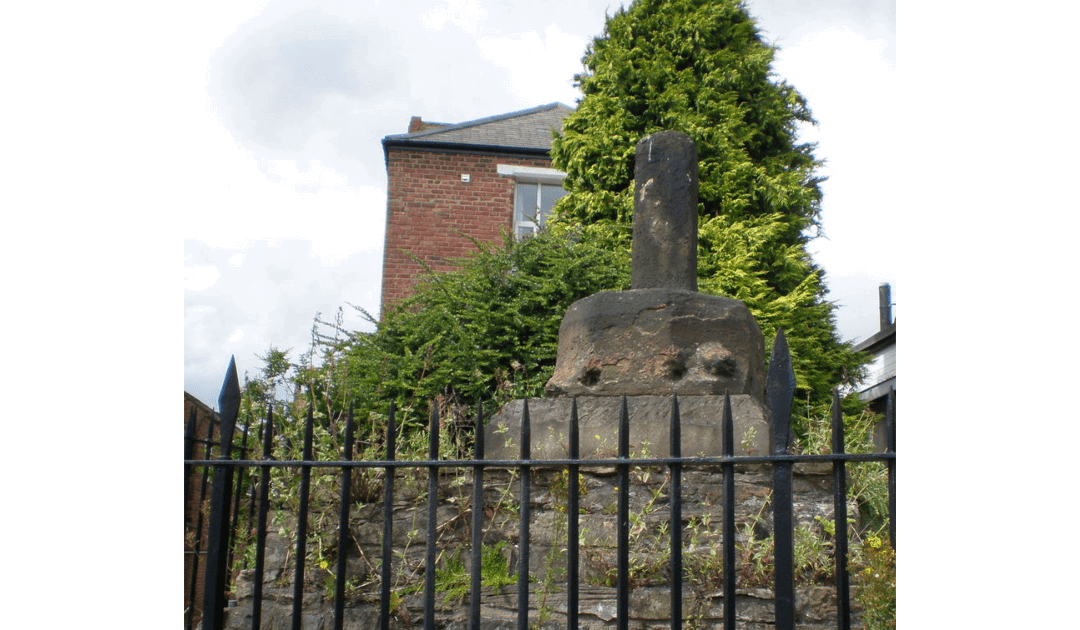The Battle of Neville’s Cross took place on 17th October 1346, a mile to the west of Durham. To appreciate the Battle of Neville’s Cross, we must first understand the geopolitical landscape of 14th-century Europe. The Hundred Years’ War between England and France was well underway, with both nations vying for control over the French crown. Scotland responded to a request from King Phillip VI of France under the terms of the Auld Alliance to invade England and draw English forces back from the fighting in France.
The two primary figures in this conflict were David II of Scotland and Edward III of England. David II, the son of Robert the Bruce, sought to revive Scotland’s power, while Edward III aimed to consolidate his rule over England. These two monarchs became the focal points of the Battle of Neville’s Cross.
David II, accompanied by a large Scottish army, invaded England, hoping to divert Edward III’s attention from the ongoing war with France. However, his campaign quickly faltered, leading to a decisive English counteroffensive led by Edward III’s trusted commander, Ralph Neville, the 2nd Baron Neville de Raby. On that fateful day in October, the Scottish forces found themselves trapped between the River Browney and the English army. The English, aware of their advantageous position, employed a combination of strategic manoeuvring and superior weaponry to gain the upper hand.
One of the defining features of the Battle of Neville’s Cross was the devastating use of the English longbow. These weapons, wielded by skilled archers, rained down a hail of arrows upon the Scottish forces, causing panic and chaos in their ranks. The longbow proved to be a game-changer, its range and accuracy decimating the Scottish lines.
Despite their initial resistance, the Scottish forces eventually crumbled under the relentless English onslaught. David II, fighting valiantly to rally his troops, was ultimately captured and taken as a prisoner of war.
The Battle of Neville’s Cross had profound consequences for both Scotland and England. David II’s capture weakened Scotland’s leadership and disrupted its political stability. Meanwhile, Edward III’s victory bolstered his reputation as a formidable ruler and further solidified England’s dominance in the region.
David II was married twice but without issue. The crown passed to his nephew Robert II, who was the 5th great-grandfather of Mary Queen of Scots. Regular readers will know that Mary knighted my 11th great-uncle Sir Anthony Standen for saving her life when her secretary was murdered. You can read his story in The Spy who Sank the Armada, the first book of the Sir Anthony Standen Adventures.

